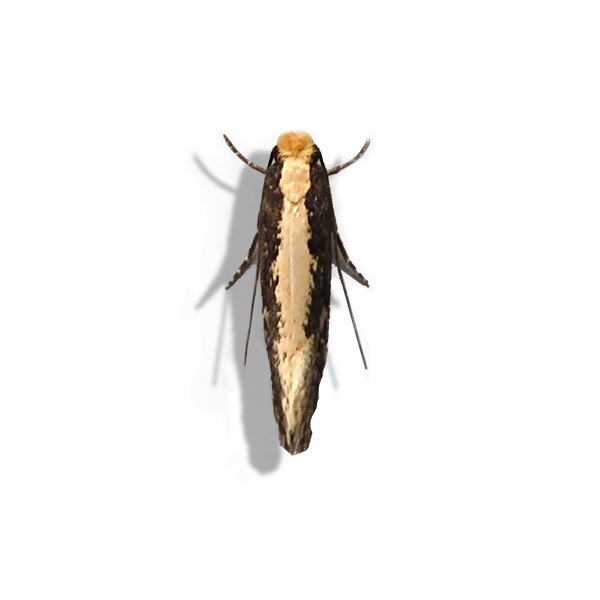Clothes Moth
The Clothes Moth, both the Webbing Clothes Moth and its numerous cousins, can cause serious damage to your wardrobe, bedrooms, and living rooms.
The common or webbing clothes moth, Tineola bisselliella is an aggressive and persistent pest that can be present around the world, causing problems all the year round. There are a number of species of moth that can attack and damage your clothes, carpets, textiles, upholstery and taxidermy. A new species has migrated across the United Kingdom, causing damage to national heritage sites, hotels, as well as private residences. The pale backed clothes moth, Monopis crocicapitella, was detected via clothes moth pheromone traps, challenging Russell IPM to develop a pheromone mix especially for that species.



